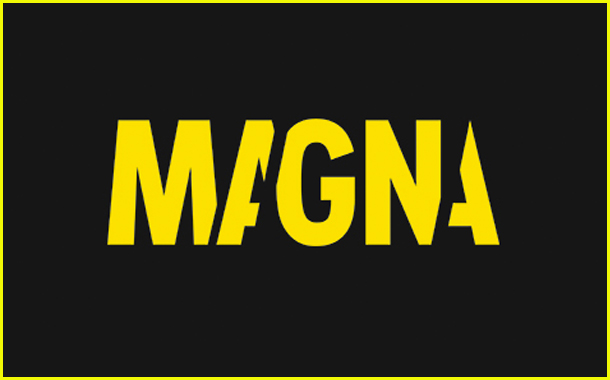Global OOH advertising is now a US$29 billion market, responsible for approximately 6% of the $500 billion spend; and its revenue is expected to grow by 3% to 4% per year in the next five years to reach US$33 billion by 2021, MAGNA Intelligence’s study predits.
The study, which is done by MAGNA Intelligence and Rapport, conducted in-depth surveys in 22 key markets including China, Argentina, Australia, Belgium, Canada,Denmark, France, Germany, India, Italy, Japan, Malaysia, Mexico, Netherlands, Norway, Philippines, Russia, Singapore, Spain, Thailand, United Kingdom and the United States.
The finding reveals that the OOH market share will increase to 10% to 12% in some countries, including France and Russia, compared with other media categories including Internet, TV, print and radio. OOH market share has remained stable in the last five years, hovering around 6%.
However, as part of its increasing importance in the media mix, OOH market share has increased from 8% to 10% of traditional media advertising spend, which includes TV, print, radio and out-of-home, among other categories.
The rise of digital OOH:
As OHH audience measurement continues to improve, for example various technologies including eye-tracking, it will remain as a mass reach medium, the study suggests.
“Media consumers, and generation X and Y especially, have become experts at avoiding advertising by choosing ad-free, paid-for media or blocking ad insertions on free websites. OOH is largely immune from that threat.”
Furthermore, digital OOH is boosting advertising revenues by creating more opportunities for marketers in premium locations like airports or malls, thus increasing the revenue per panel multiple times. Although digital units account for only 5% of the global OOH inventory, they already generate 14% of total advertising revenues. In fact, DOOH now accounts for 30% of revenues in some markets like the UK and Australia, and the global share is predicted to grow to 24% globally by 2021.

Digital screens have allowed OOH advertising vendors to penetrate niche environments, allowing them to reach the young urban population that is otherwise hard to reach by traditional media: offices, elevators, taxi, gyms, bars, retail etc. The “Digital Place-Based” segment offers targeting capabilities and programmatic opportunities, which leads the study to the assumption that OHH advertising spend will continue to rise.
“With the explosive growth of digital-out-of-home (DOOH), the diversified lifestyle touch points it reaches, and the veritable mountain of mobile driven audience data, we are best positioned to accurately, and in real-time, track audiences and deliver contextually relevant messages through out-of-home media. OOH’s sustained growth on a global scale will further enable us to create engaging consumer experiences,” said Mike Cooper, global CEO of Rapport.

















